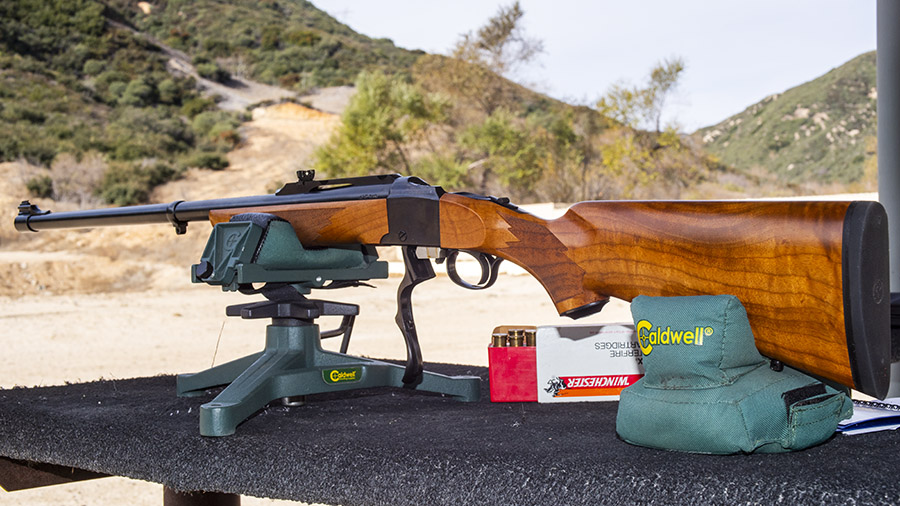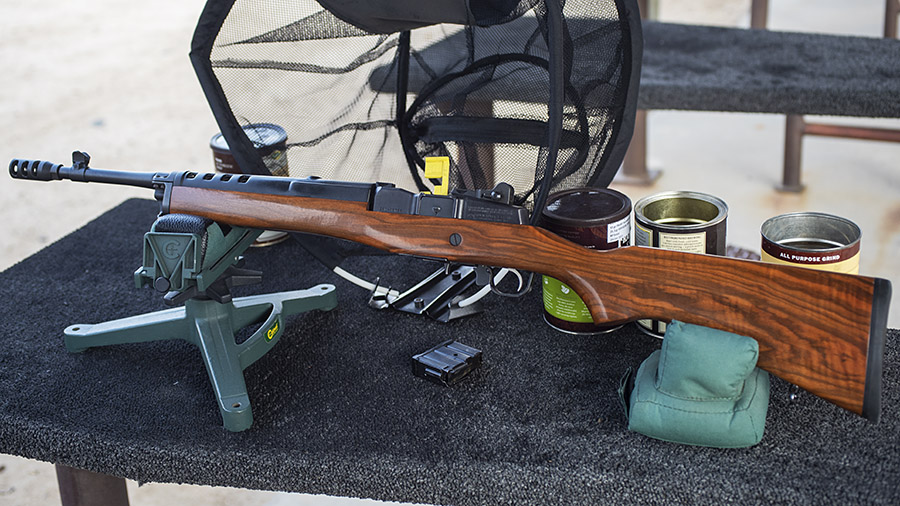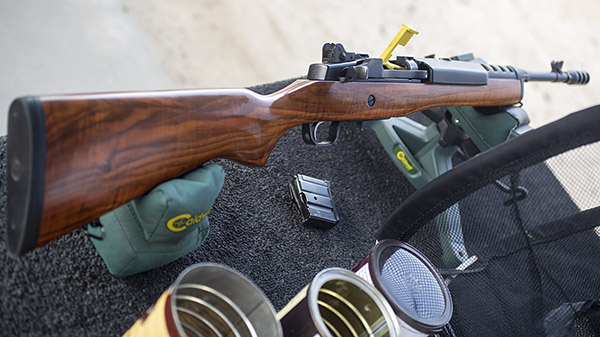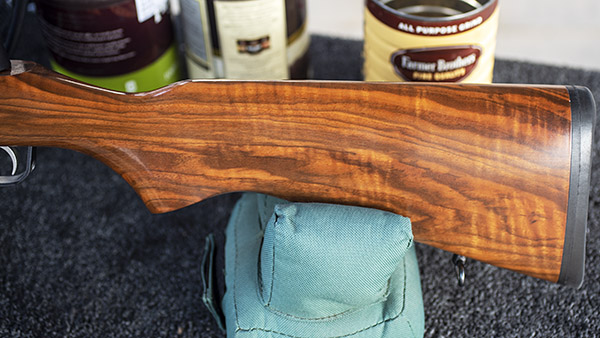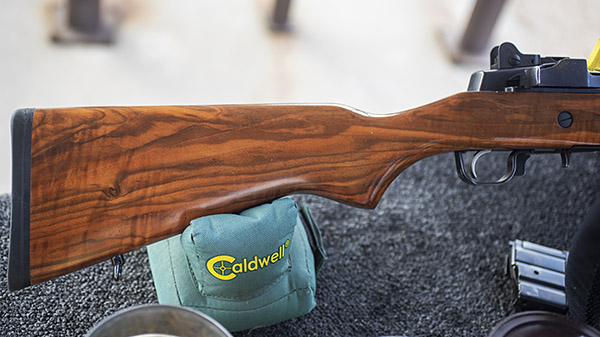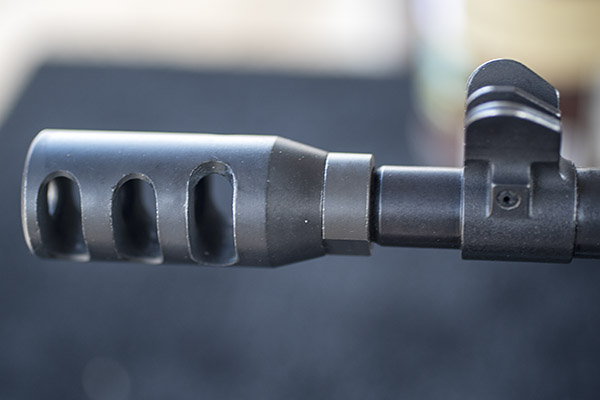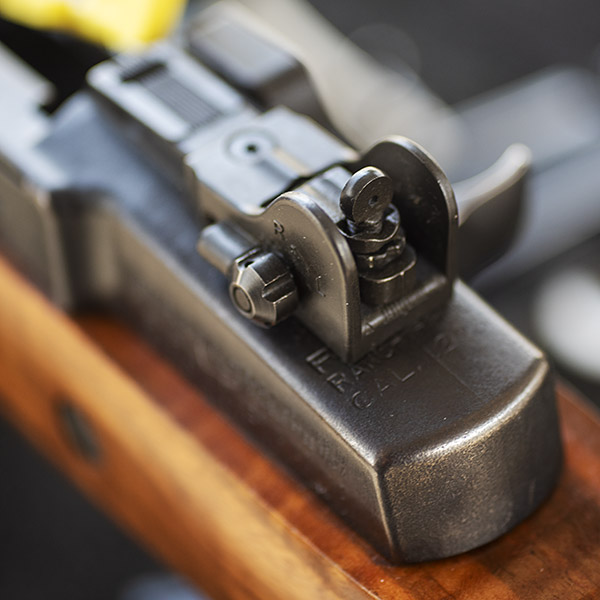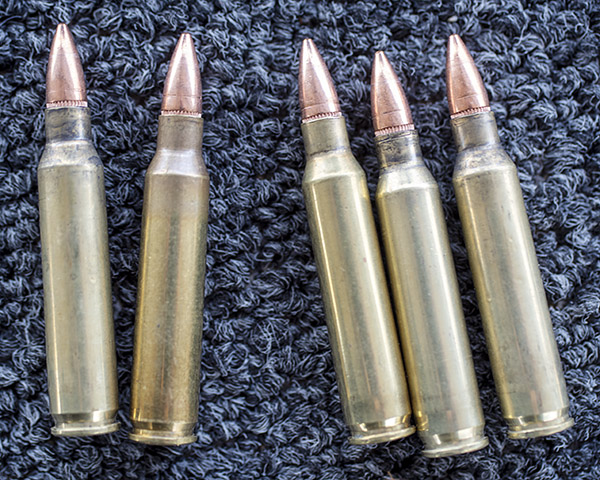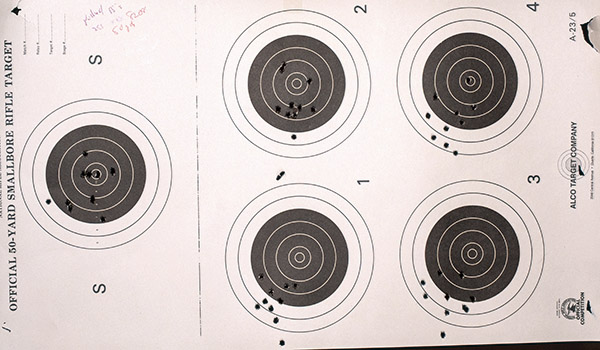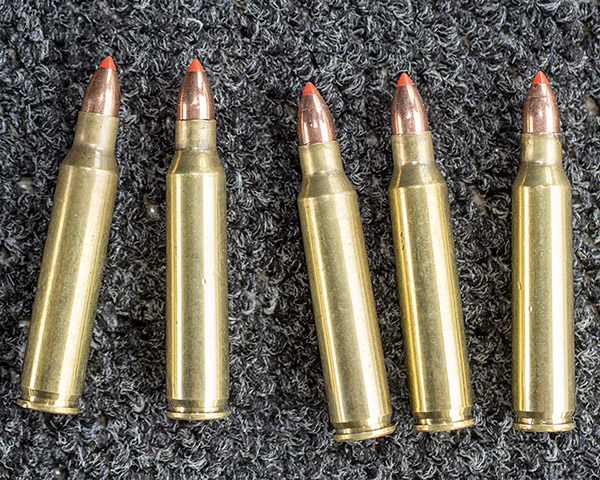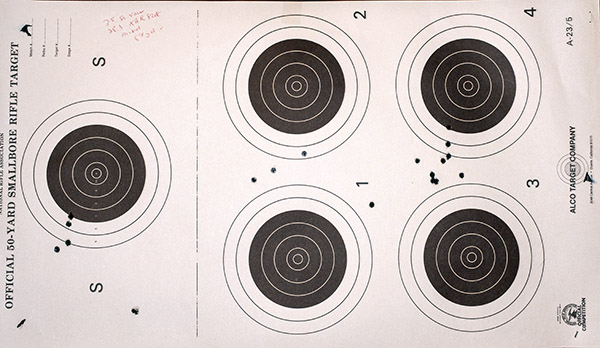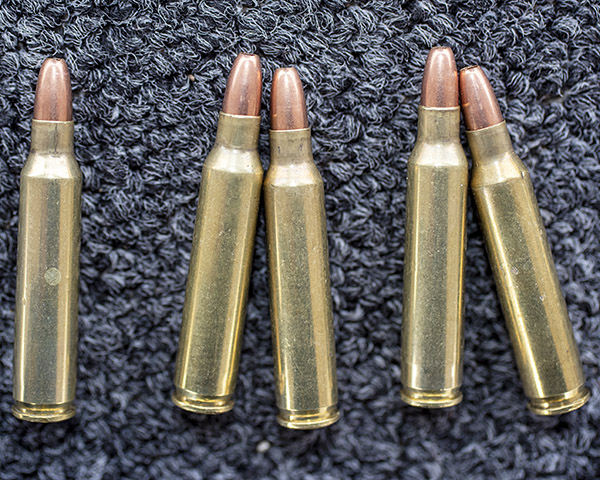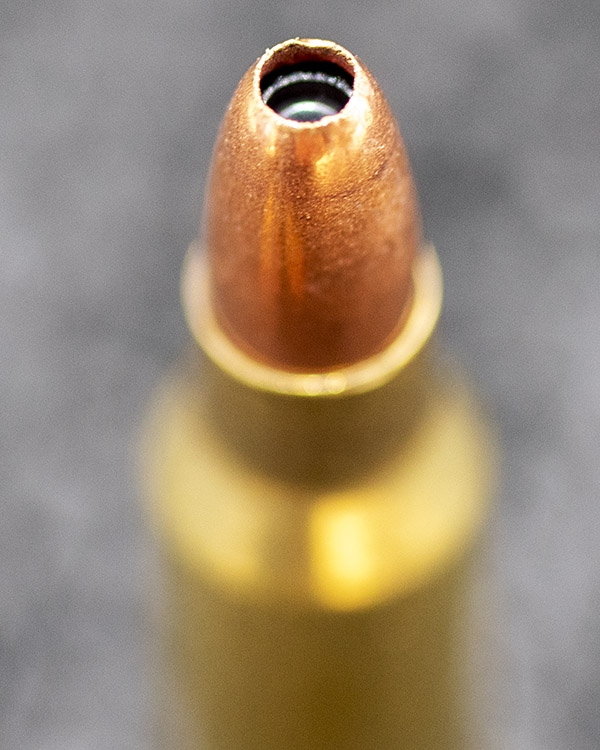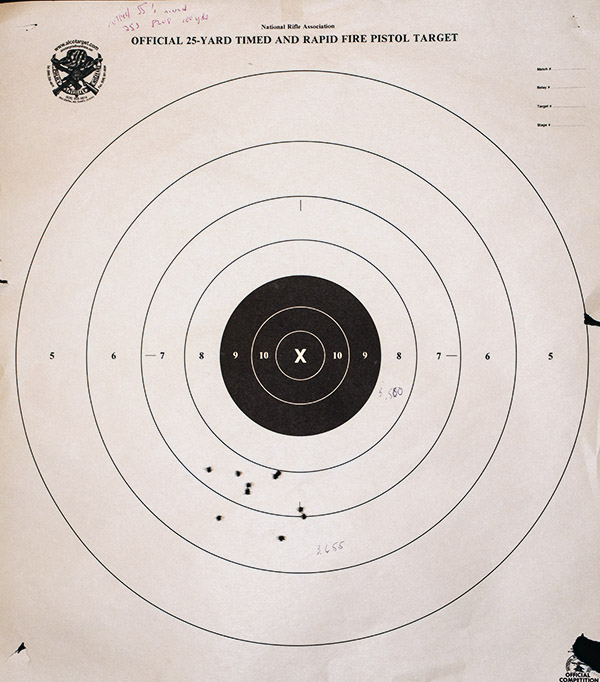By Joe Berk
The .45-70 Government cartridge was destined for obsolescence in the middle of the last century and then a curious thing happened: Ruger chambered their No. 1 single shot rifle for it and Marlin did the same with an adaptation of their lever action rifle a short while later.
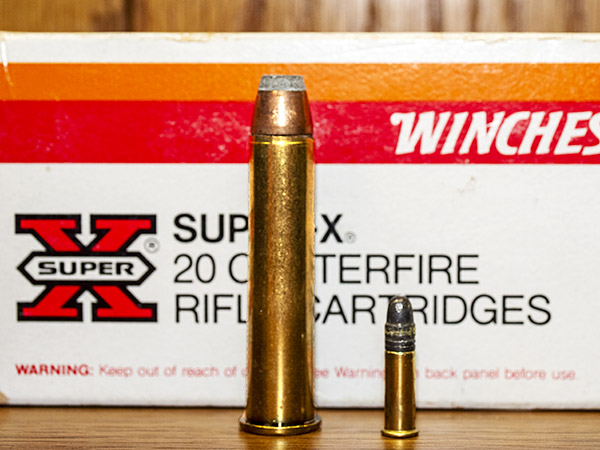
When Marlin and Ruger came on board with their .45 70 rifles, there was suddenly significant interest in the cartridge. I fell in love with the .45 70 when I bought a Ruger No. 1 in 1976 (a rifle I still have), and I’ve been reloading the cartridge ever since. I’ve owned several No. 1 Rugers, a few Ruger No. 3 rifles, a bunch of Marlin .45 70s, and a replica 1886 Winchester (by Chiappa, with wood that is way nicer than anything from Winchester).
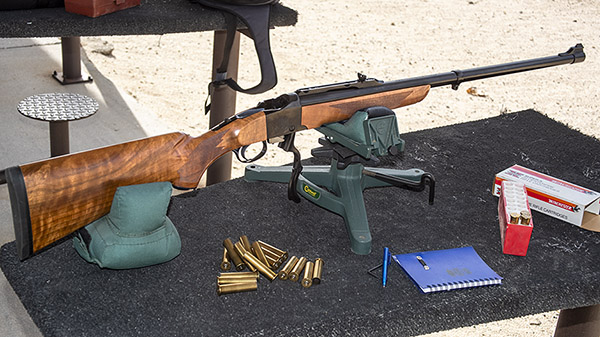
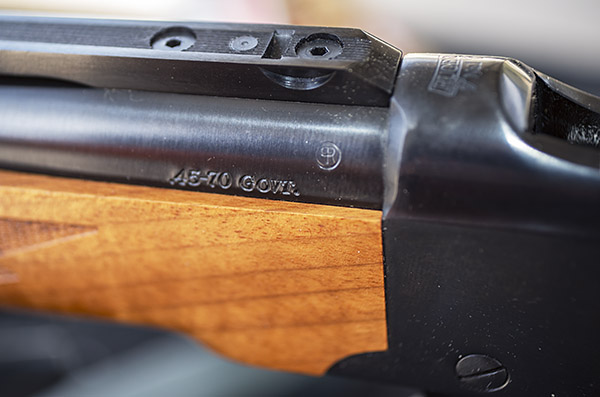
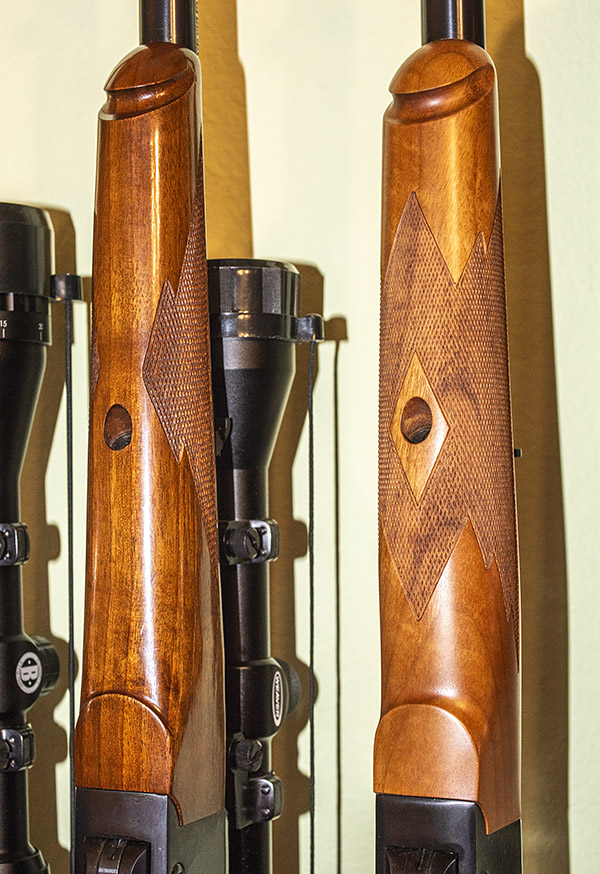
All these manufacturers have offered special editions of their .45 70 rifles. One of the more recent offerings from Ruger was a 26-inch barreled No. 1 with a Circassian walnut stock. When it was first offered about 7 years ago by Lipsey’s (a Ruger distributor), it was a limited run of only 250 rifles. They sold out immediately and folks still wanted these, so Lipsey’s and Ruger offered a second run of 250 rifles. I wanted one with fancy wood, but none of the Circassian Rugers I saw online had wood nice enough to be interesting. Even though the rifles had Circassian walnut, all the ones I saw were plain and straight grained. Then one day I wandered into a local gun shop and I saw the rifle you see here. It caught my eye immediately and at first I couldn’t believe what I was seeing. These rifles were next to impossible to find and here was one right in front of me. It was pricey, but I Presbyterianed the guy down to $1050 (you fellow Members of the Tribe will get it) and I pulled the trigger (figuratively speaking).
Ruger’s more recent .45 70 No. 1 rifles have a short leade (the distance between the forward edge of the cartridge case and where the rifling starts). Mine won’t chamber cartridges with 400-grain and above bullets. In fact, I had some ammo I had loaded with an old batch of Hornady’s 300-grain jacketed hollow points, and this ammo wouldn’t chamber, either. I examined the profile of my old 300-grain Hornady bullets and compared it to pictures of the current Hornady 300-grain bullets, and it was obvious the older bullets had a more gradual ogive (the curved portion of the bullet’s profile). I ordered a box of the current Hornady 300-grain slugs, I loaded them, and the ammo chambered in this rifle easily. In researching this issue on the Internet, the issue of recent Ruger .45 70 rifles’ shorter leades is a complaint that’s popped up more than once. One guy even sent his rifle to Ruger, but he said Ruger measured the chamber and returned it to him with no work done (according to him, Ruger said the rifle met SAAMI chamber spec requirements). It’s not really an issue to me; if I want to shooter the heavier bullets I’ll use a different .45 70 rifle.
I had some Winchester factory .45 70 cartridges in my ammo locker, including the Winchester load with 300-grain hollow point bullets. I thought I would shoot those to see how they did in the Circassian No. 1.
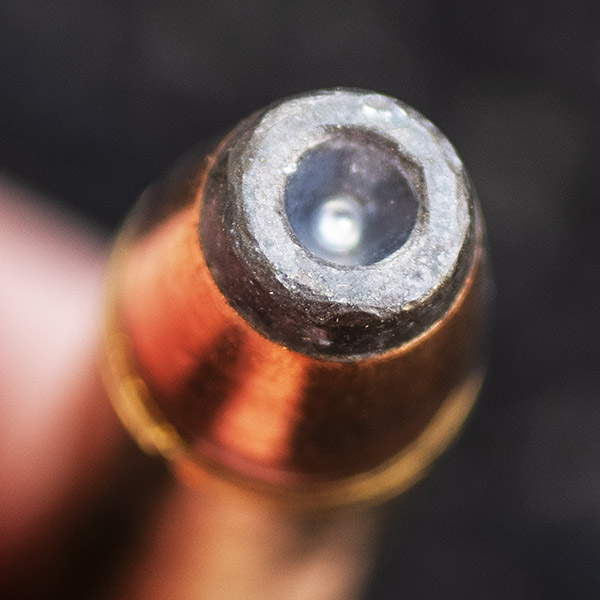
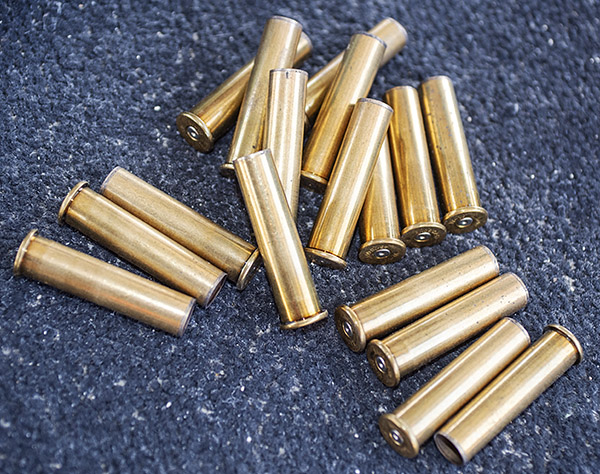
My first shots were at 50 yards, and the Ruger grouped nicely. The shots were biased very slightly to the right. That’s okay, because the Ruger rear sight is adjustable for both windage and elevation. I didn’t bother making the adjustments on the range, as it was a fairly windy day. I’ll make the adjustments, if necessary, on the next trip.

I then set up a standard 100-yard target (at 100 yards). There were 20 rounds in the box of Winchester .45 70 ammo and I had already shot four 3-shot groups at 50 yards. That left eight rounds to play with at 100 yards, and play around I did.
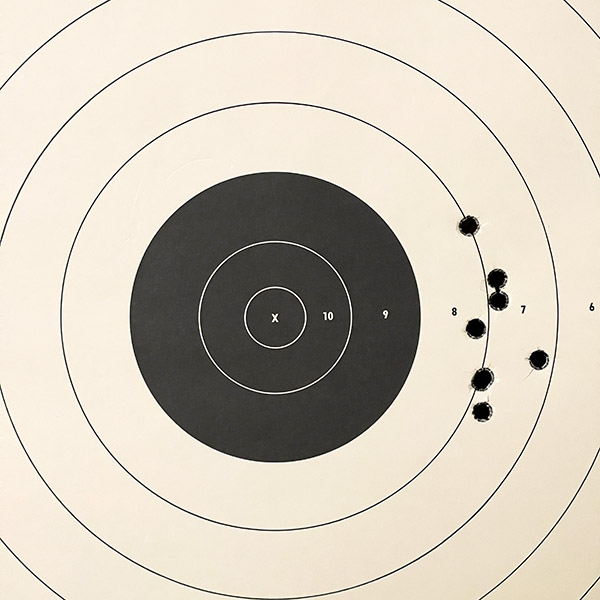
The results surprised me. I was holding on the bullseye at 6:00, and those big 300-grain hollowpoints hit at about the right elevation. As was the case with the 50-yard targets, the point of impact was biased to the right. The first three made a tight group and then the shots climbed as I progressed through the eight. The vertically strung group was only about an inch in width. The stringing is almost certainly due to barrel heating and the barrel being deflected up by the forearm (it’s not free floated). I was pleased with the results. It told me that I could leave the elevation adjusted for 50 yards and it would still be spot on at 100. On my next range outing with this ammo, I’ll adjust the rear sight to the left a scosh and take my time between shots to preclude the stringing. Even with the stringing you see in the above target, it’s not too shabby for a 100-yard group with open sights.
More blogs on this and other .45 70 rifles? You bet!
Buffalo Guns
A Wind River Marlin .45 70 Rifle
A .45 70 Remlin 1895
The 1886 Winchester
Turnbull Guns
Marlin Cowboy Front Sight Installation
Marlin 1895 Cowboy Revisited
Henry Rifles
The Henry Is In California
Developing a Henry .45 70 Load: Part 1
Developing a Henry .45 70 Load: Part 2
Henry’s Home and an Interview with Dan
Henry Accuracy Loads
Never miss an ExNotes blog:

